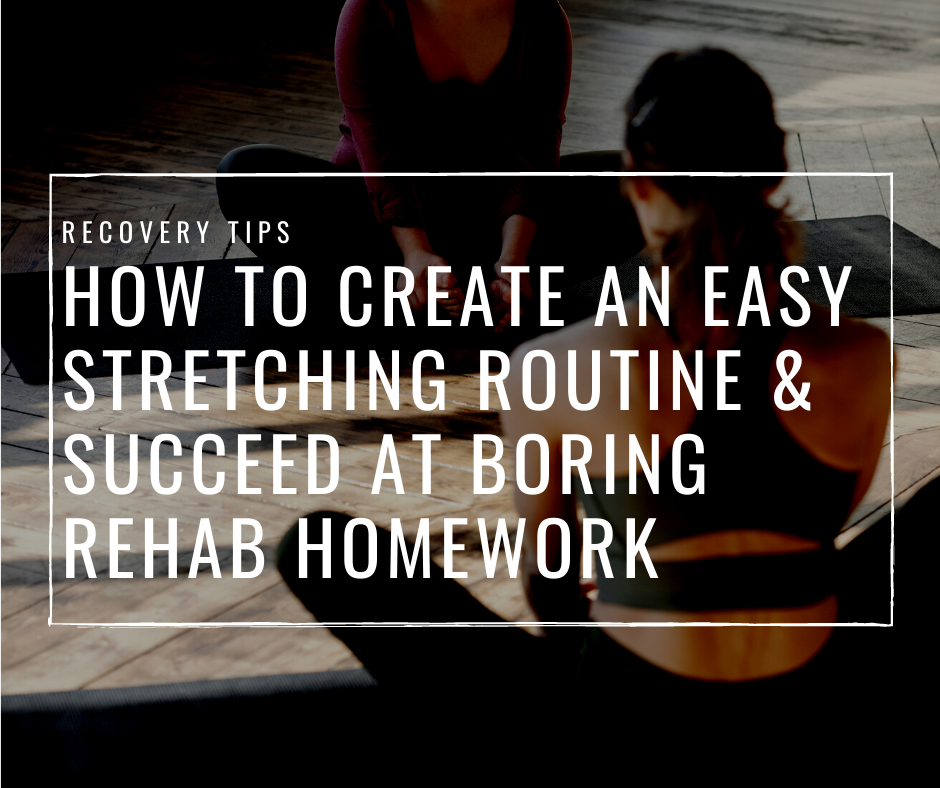How Long Does It Take To Be Flexible?
How long does it take to be flexible? How much work does getting more flexible take?
The short answer, I’m sorry to say, is: usually a lot.
But before I get into that, let me highlight two big points.
TWO THINGS TO KNOW ABOUT BECOMING FLEXIBLE
First, before worrying about how long it will take to be flexible, understand that flexibility needs to have a purpose. Believe it or not, some people are too flexible. Based on the wide sample of clients I’ve personally worked with, the problem of ‘over-flexibility’ might apply to about 10-15% of people.
These Gumbys have so much laxity in their joints that they have extra difficulty producing sufficient tension and control. Before starting a mobility program, it’s important figure out which areas of your body really need flexibility and which don’t. That’s one way to avoid becoming less good at your favourite sports or other physical activities.
The second thing is that sometimes limited flexibility has more to do with a lack of strength than with the fact that your muscles are too short. When your body senses that it’s unstable or vulnerable (i.e. weak) in certain positions, it reacts by stiffening up and limiting your movement. Think of it as a built-in safety mechanism to keep you out of positions that you can’t control very well.
Sometimes the best thing to improve flexibility is learn how to brace your core effectively and to build strength near your end-range of motion. That’s why most of the mobility plans that I give to clients incorporate the right kind of strengthening drills. This is huge!
How Long Does It Take To Be Flexible? HOW MUCH WORK WILL THIS TAKE?
A lot of people are just stiff and tight. It’s not a whole lot more complicated than that. For them, a simple approach - when done consistently - works.
So, back to the original question: how long does it take to be flexible?
In my experience, I've only seen significant success when working on the target area daily. At least for 10-mins EVERY DAY.
Anecdotally, I believe it’s better if you can work on it multiple times per day. Get touches on your mobility drills frequently - three, four, or ten times a day. Each mini-session only needs to be for two or three minutes at time. By the end of the day that really adds up. There are no shortcuts when it comes to becoming flexible, but this is what I’ve seen to be most effective.
OVERHEAD MOBILITY EXAMPLE
Let’s take the example of someone who wants to improve their overhead mobility. That means how straight they can raise their arms above their head.
If like most people, you spend most of the day hunched over a desk, you’re spending a lot of time stuck in a posture that inhibits overhead potential. Right there you’re feeding a negative input into your shoulder. To improve your mobility, you need more positive input than negative. You’ve got an uphill battle from the start.
What’s more, chances are you never (or almost never) put your arm fully overhead during the day. In order to improve that position you need to spend time there. Lots of time.
While there are a multitude of stretching methods, the basic thread that connects all of them (as bone-head obvious as this sounds) is spending time in the position you want to improve.
KEY TAKE-AWAYS For improving flexibility
At the end of the day and at the end of each week, you need to be able to answer “yes” to the question: “did I do enough to get just a little better.” If you can’t, then you didn’t spend enough time on your mobility training to improve.
Incorporate your mobility into a daily routine. Ideally multiple times a day. Do at least 10-mins a day on each major area. If you have several areas that need attention, prioritise one or two at first so you’re not spread too thin. This video from my toilet shows my favourite method of scheduling it into the day in the easiest, least invasive way possible.
Do a combination of stretching techniques, self massage and (importantly) strength exercises near the limits of your range of motion. It goes without saying, these should be pain free and still allow for good control.
Once you’ve achieved the level of mobility that you want, you can shift into a maintenance phase. Do your full routine once or twice a week. Beyond that, the biggest thing is to remember to move through a full range of motion throughout the day. In the overhead mobility case: make it a habit to put your arms overhead frequently. Use it or lose it is appropriate here. [You’ll see why if you' watch “The Fuzz Speech” video here.] Then consider adding some basic drills to reinforce here is to move your body through a full range of motion. Add some of your drills (especially the strength-based ones) into your warm-up and cool down.











